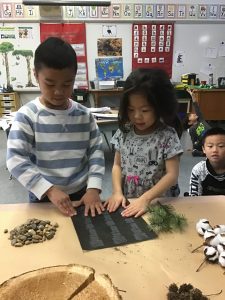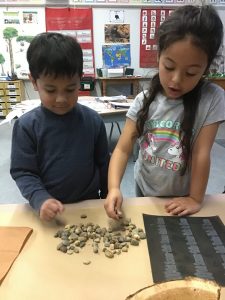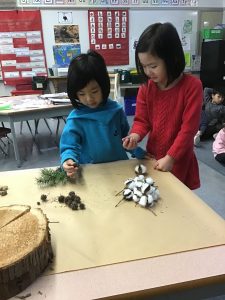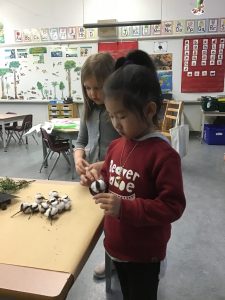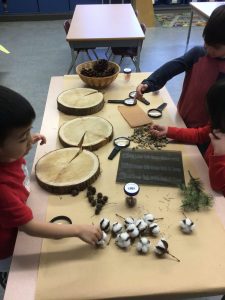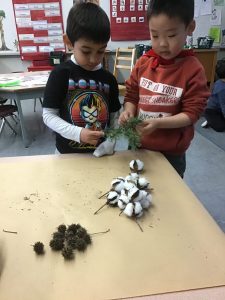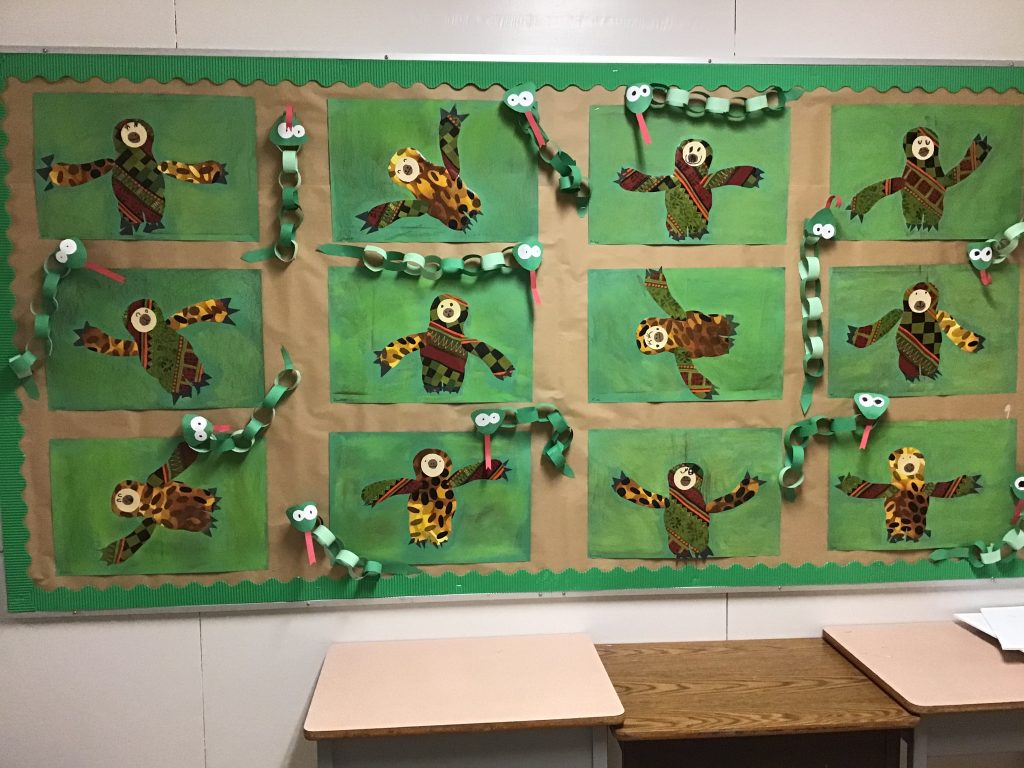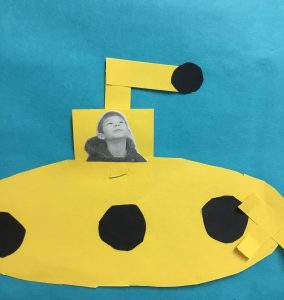In science, the children are expected to make exploratory observations using their senses. We have been using the sense of touch to discover one of the properties of familiar objects – texture. Texture is way something feels. We can use words to describe different textures such as,
- Flat, smooth.
- Rough, bumpy
- Spiky, pointy
- Soft, fluffy
- Hard
In visual arts, we can use texture, one of the elements of design, to create crayon rubbings.
